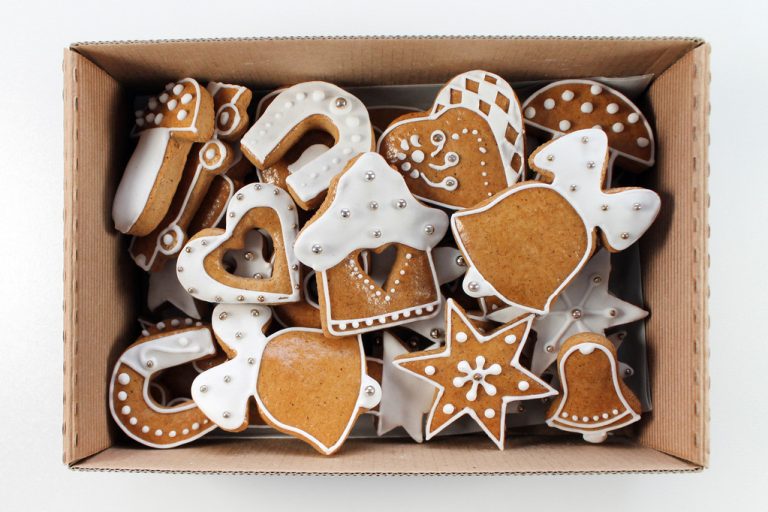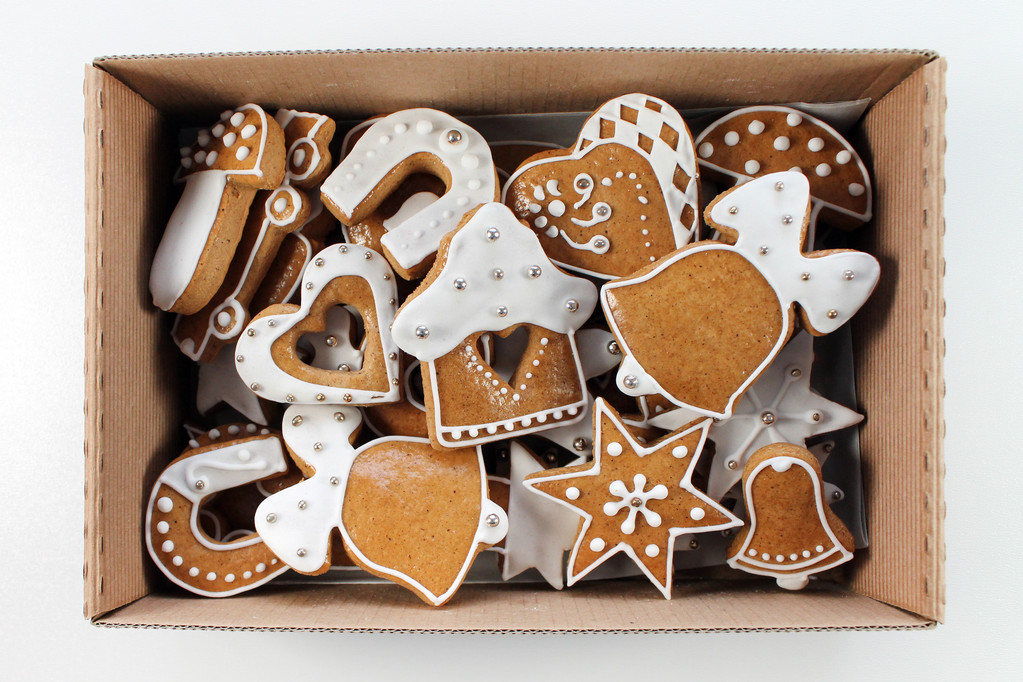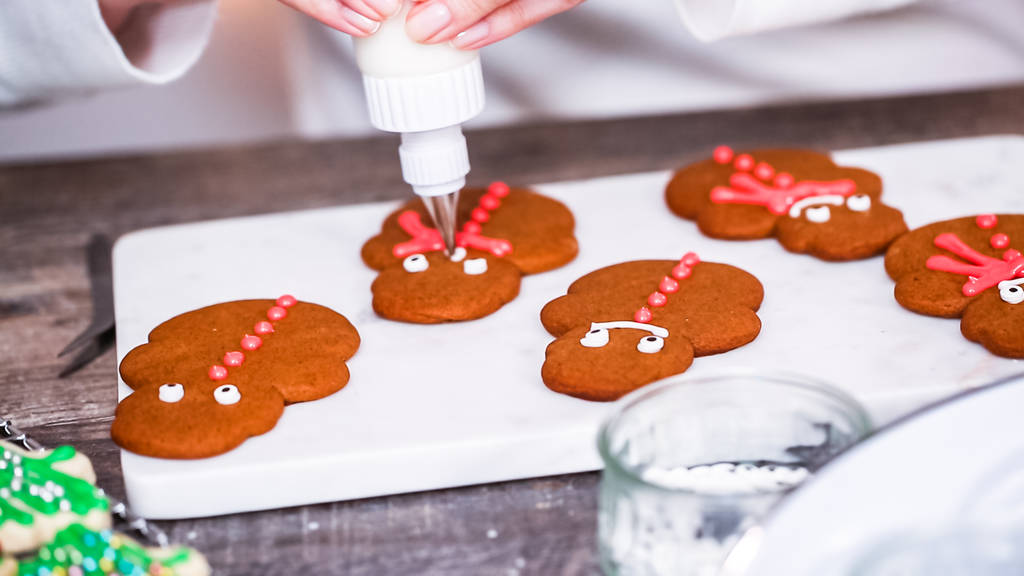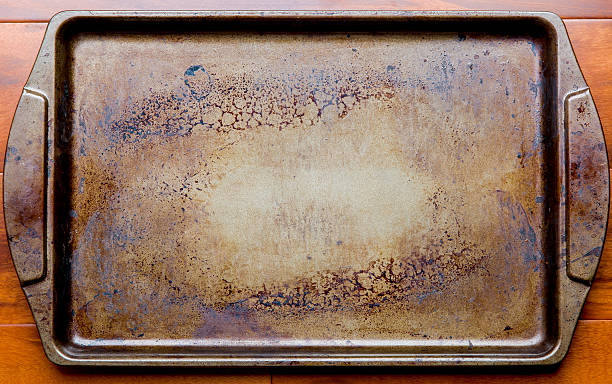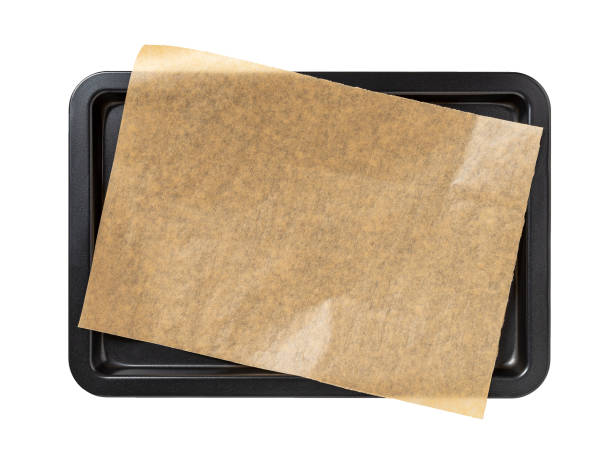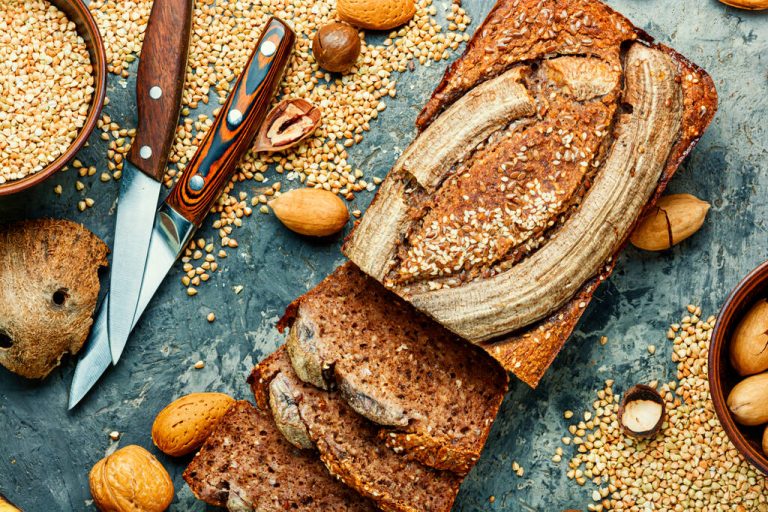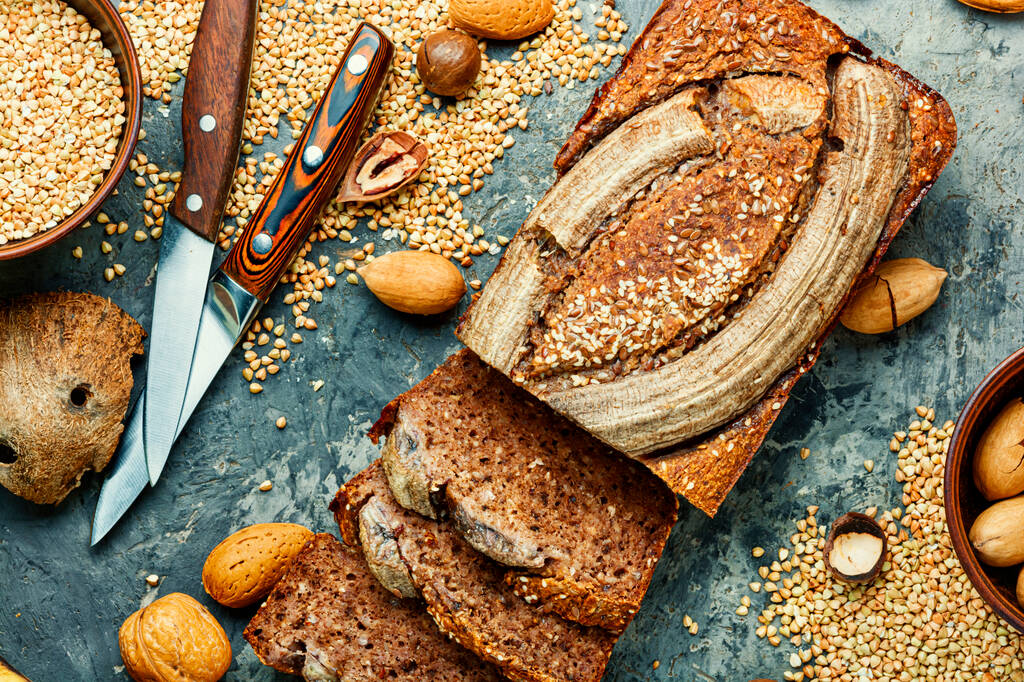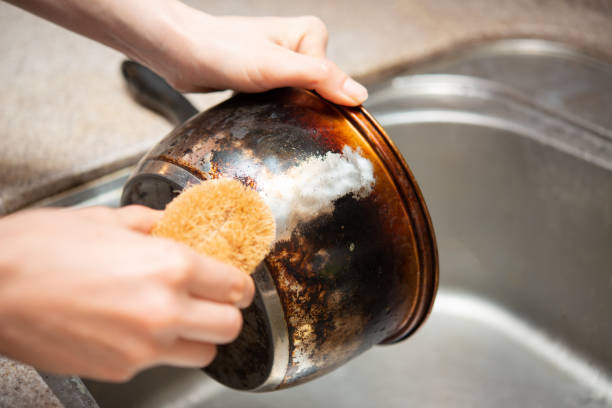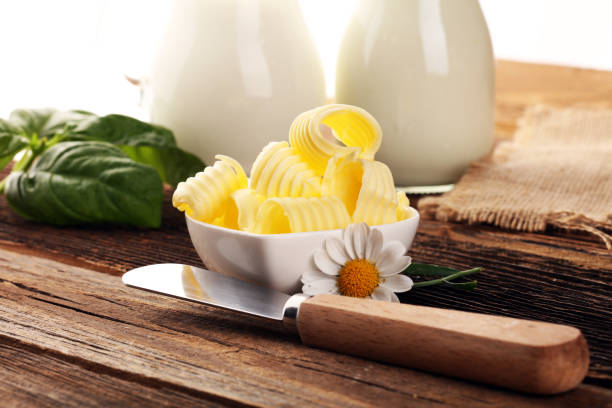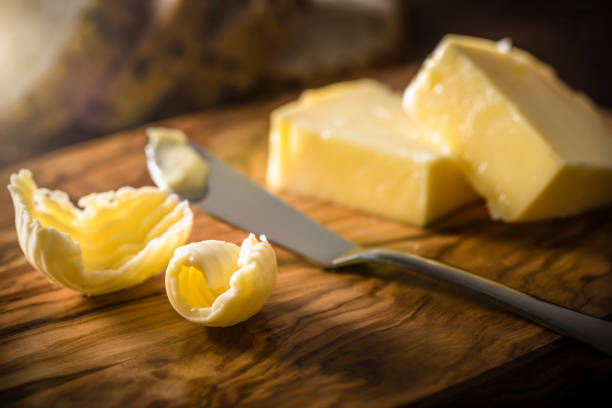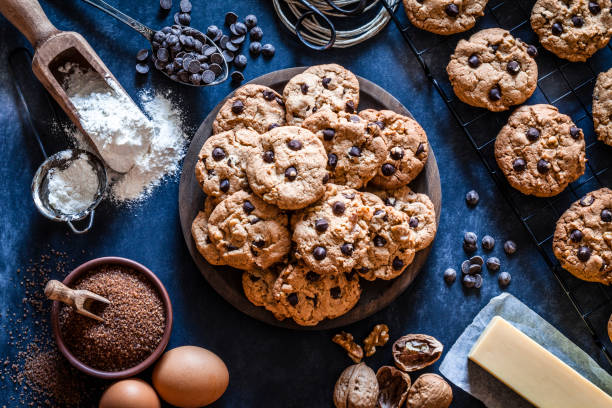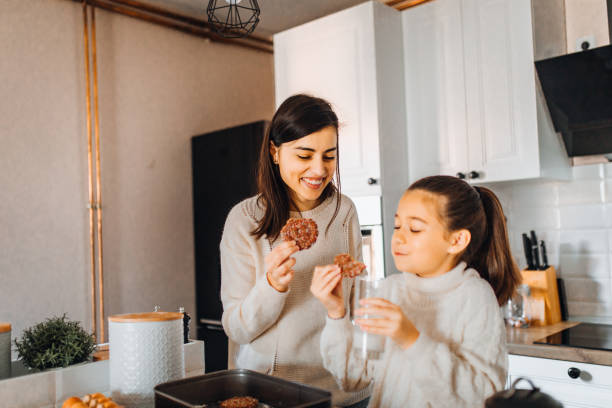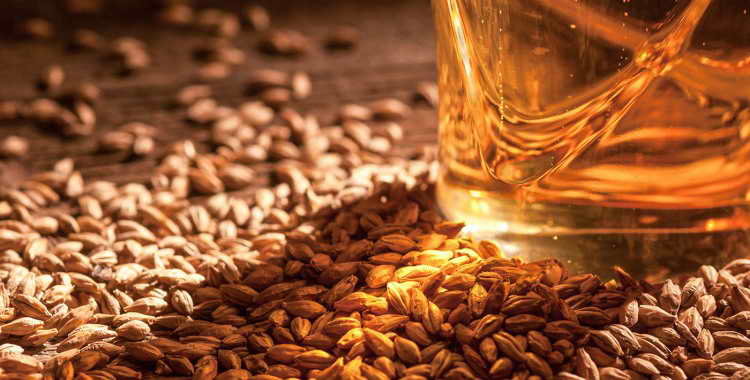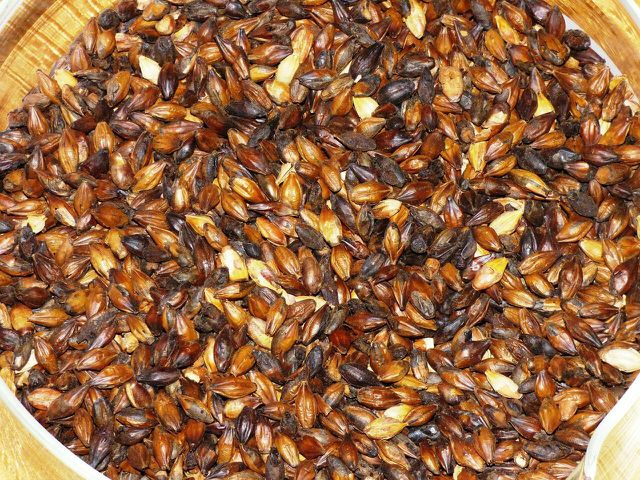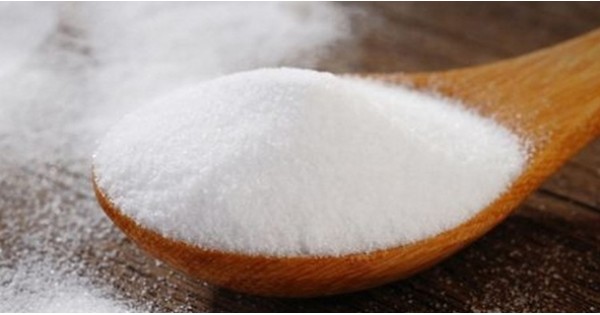Instructions and tips for choosing the right baking pan for cakes. The cake is still one of the most popular delicacies: There are plenty of delicious recipes for the most diverse types of cake. What many people forget, however, is that it’s not just the recipe that counts, but also the right baking pan.
Choose the baking dish according to the recipe
When baking, it’s not just about the right recipe, but also the right cake pan. This is determined by the baking mold and there are many different ones: silicone baking molds and sheet metal molds made of various metals, with and without a special coating.
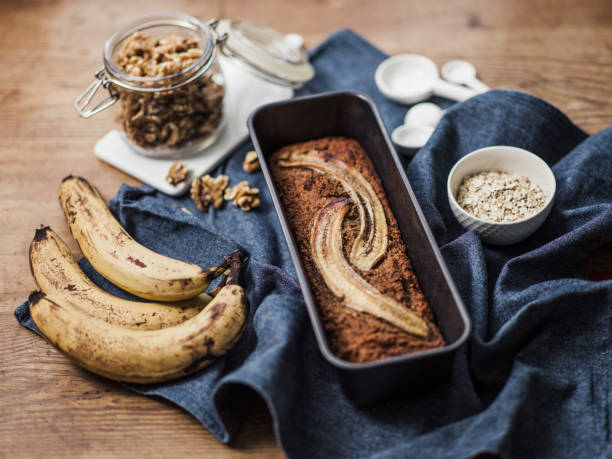
There are also ordinary standard forms, as well as very complex motif baking forms. And in a wide variety of sizes. Not only the material is fundamentally different, but actually also the later cake form. Therefore, think about which cake recipe is used to find the right shape. For an affordable canned fruit cake, you can use a baking sheet or round springform pan. These molds are also ideal for grandma’s simple plum apple cake. While other cakes cry out for more unusual shapes.
Know-how of the right baking pan
But which form of buck is the right one for the individual? Every baker and every hobby baker has its own preferences and requirements. This applies to the taste of the cake, but clearly also to the texture of the baking pan.
For example, I prefer silicone baking pans, but my sister-in-law has always sworn by metal baking pans with a high-quality enamel coating. So far we have tried both variants – always with good and less good results. In order to be able to make an individual choice, you should take a closer look at the properties, advantages, and disadvantages of each type of baking pan.
Silicone or metal? With or without coating?
As mentioned, my favorite is the silicone baking pan. Molds made of silicone are very flexible and heat-resistant and there is no need for annoying greasing beforehand and then attaching cardboard afterward. After baking, the finished cake can almost always be removed from the mold easily and without much effort – and above all without unsightly crumbling. In addition, silicone can be used not only in the oven but also in the refrigerator. Today, however, this also applies to many sheet metal shapes.
Metal baking molds, on the other hand, are a lot more robust than silicone baking molds. They wear out slower and last a lot longer than a silicone cake pan. Here, however, the quality of the individual mold is very important – the lifespan of the baking mold can therefore vary greatly. But that doesn’t have to mean that a cheap baking pan has to be a bad one. When buying, simply check the workmanship, the impression of the material, and possible seams or transitions. With the right care, you can conjure up delicious cakes and tarts even with a cheap baking pan and you will enjoy them for a long time.
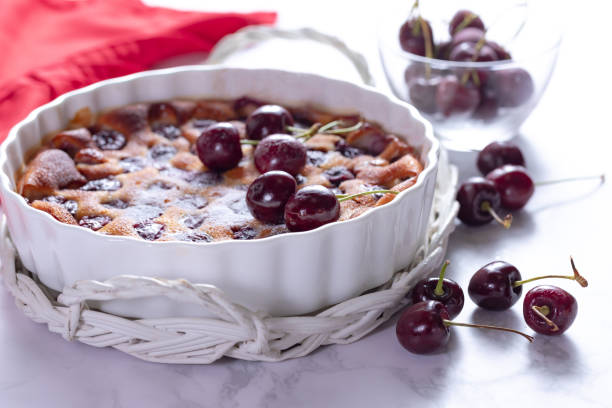
By the way, if the dough sticks to the mold despite everything, it often helps to simply put the still lukewarm mold in the fridge or on the cool balcony for a few minutes. In my experience, a wet towel wrapped around the mold only helps to a limited extent and only with a metal mold.
Which baking pan and which cake go together?
Finally, the question arises as to which baking pan is the right one for which cake. Here, too, there are numerous variants, motifs, and types of sheet metal. My children love playful shapes for their birthday cakes, but these are really only suitable for very simple and dry types of cake: for example marble, chocolate, or sand cakes. Unfortunately, sensitive and rather sticky types of dough quickly stick to the “details” of a motif mold – even if it is very well greased or made of high-quality silicone.
The commercially available standard forms are somewhat less complicated: springform tins, baking trays, and loaf tins. Incidentally, cool and fresh fruit tarts are best baked in springform pans, warm fruit cakes on a baking tray or also in a springform pan, and sand or bundt cakes in a Gugelhupf or loaf pan.

